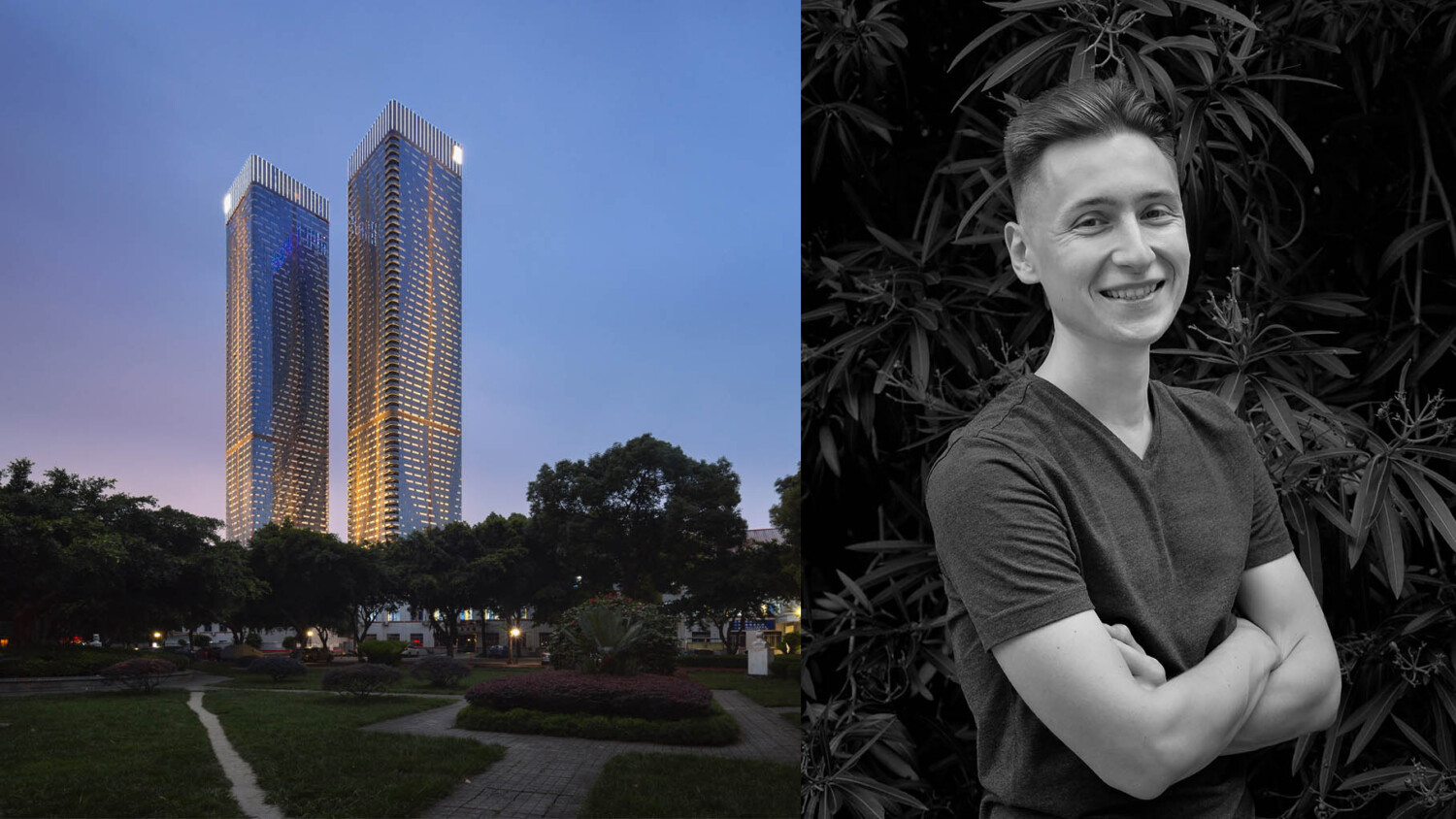Photographer Vlad Feoktistov Designs a Dream Career Across Russia and Asia
Vlad Feoktistov is an emerging talent based in Sochi, Russia, who makes his living photographing homes, hotels, and neoclassical Stalinist resorts, among other things. Vlad’s story is somewhat unique in our field and I couldn’t help but want to share it with everyone. Vlad and his career serve as a reminder that there are opportunities around us no matter where we are located and that architectural photography is a truly global phenomenon.
Hi Vlad! Thanks for taking the time to be interviewed by APA. First things first: How did you get a start photographing architecture? Tell us a little bit about your background and education.
Hi Mike, thank you for having me! I am so happy to have this opportunity. The story is a bit long and winding (editor note: but so entertaining, so grab a cup of coffee and settle in!).
I was born and raised in Sochi, a resort city on the Black Sea coast of Russia. During my middle-school years I was interested in 3d graphics and image manipulation. Being a VFX-artist or graphic designer was my dream; in addition I participated in different competitions and school science fairs making short videos that illustrated space travel, planes, rockets, and other nerdy stuff. Though my school specialized in learning foreign languages they were thankfully supportive of my extracurricular activities.
One of my school assignments required creating a series of photographs of my hometown. The only problem was I didn’t have a camera at the time, so I suggested (to my mother) any cheap point-and-shoot camera for a 2009 New Year present. My mother came through and got me a tiny Sony camera, I was instantly obsessed with photography and that obsession has persisted ever since. I immediately started photographing some of the local oddities in my area, like neo-classical Stalinist architecture surrounded by palm trees and put them on flickr – like everyone else used to do with their images in 2009.
Wanting to prank some foreigners and change some wild stereotypes about my country via Flickr’s search engine, I started tagging those pictures “Russia”, “Russian winter”, “Russian church snow”, “palm trees”, “winter Olympics host city” and so on. It worked, people were so confused seeing those palm trees, beaches, and Stalinist architecture in their search results for “Russian winter”. It was not untrue, technically. Engagement rates were insane – the glory days of flickr! It was fun. Still, I wasn’t sure I could actually make it as a photographer right after high school. Trying to be somewhat responsible, I chose to attend a local state university so that I could study municipal and government management.
Sometime during my first year of university, a check for $250 from Getty Images appeared in my letterbox, former partner of Flickr. The Philips corporation bought an exterior shot of the new city hospital (which was equipped with their MRI machines) and the payment made it’s way all the way to Russia – except I never got that money because local banks were unable to process the check! But from that moment, the strong link between photography, architecture, and money was set in my head.
While the university experience was nice, summer internships at the city hall were unbearably boring. In mid-July, 2013, I set up a group at the Russian version of Facebook named “Vlad Feoktistov: Architectural Photographer” and uploaded my pictures, most of which were architecture and city views taken during my free time. At that time I didn’t even know that architectural photography was a legit job title!
Several days later I got an email from IniLED, a lighting manufacturer, that equipped the newly constructed venues for the 2014 Winter Olympics. I was the only self-proclaimed architectural photographer in the entire area! Half a year later, Airbnb found me via a semi-abandoned Flickr account, as they were expanding near Sochi, looking for an English-speaking photographer. For two more years, I was doing photography part-time for Airbnb and small local businesses, accumulating images portfolio and clients.
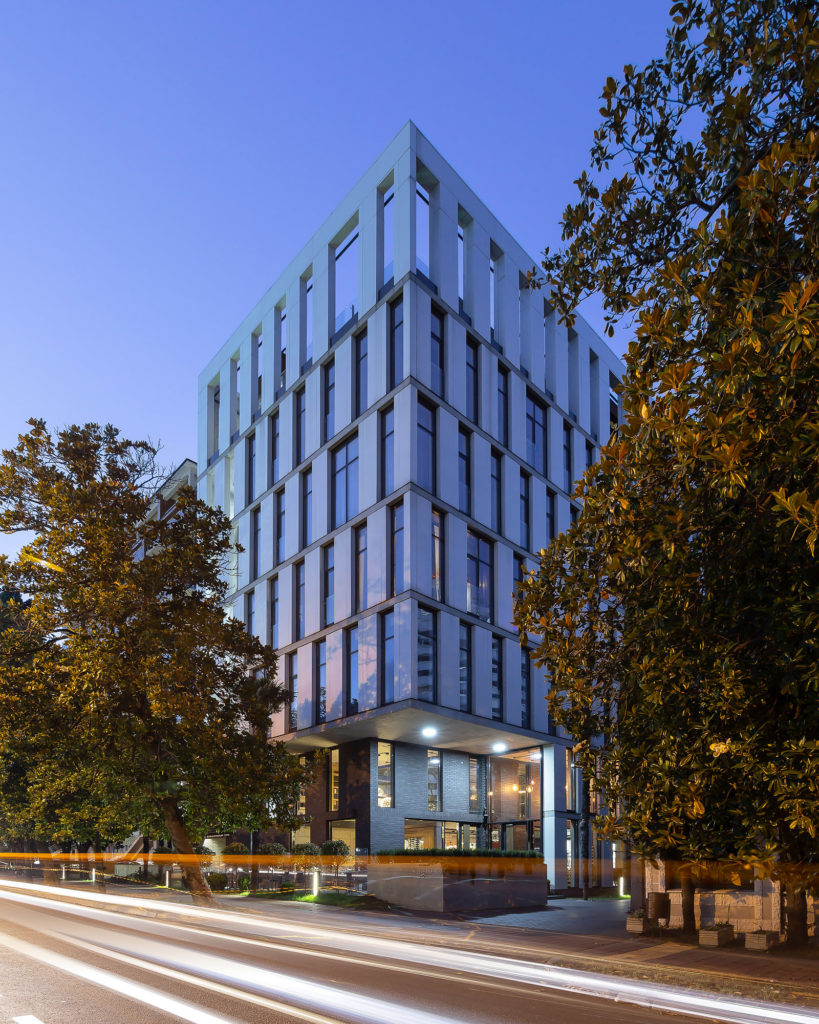
Right after graduation I went to a tax office and registered as a business entity. My university called me and offered a job in the city hall days later, but I decided to refuse. This turned out to be the best decision of my life.
You’ve made your career working in a country that many of us can only dream about working in. Can you tell us what you love about working in Russia, and perhaps also some things that are more difficult to deal with? What kind of fees are typical for a Russian architectural photographer for a full day’s work?
I love the freedom of working for myself. Russia used to be very different during my parents’ and grandparents’ times with career paths straight, defined and government-led. Creative fields were both heavily invested in but also tightly controlled. Not anymore. Having the right to do your own thing (and to risk, and to fail) is taken for granted in other countries, but I appreciate it fully given my parents’ background.
Secondly, Russia is a developing country. Markets are not totally settled; there are tons of opportunities. I will admit that as a result of this I was lucky to get some major clients during my first years, even though my portfolio was less than stellar.
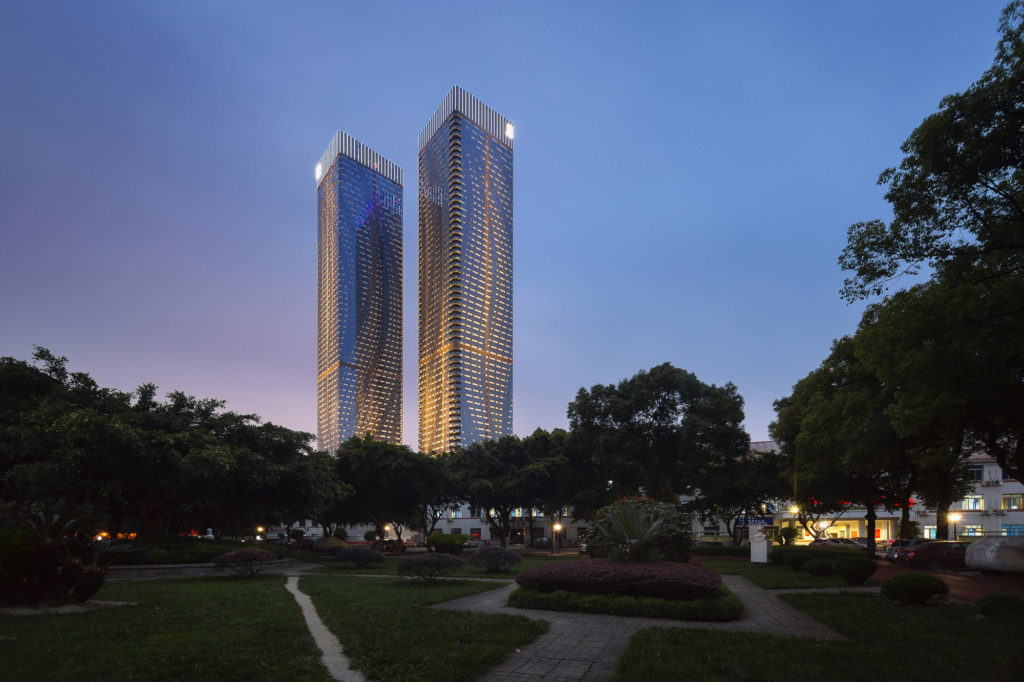
Thirdly, I was able to start my career with zero debt. Student loans are almost unheard of here, unlike the United States for example. State universities provide free tuition for a third to half of the students, which allows us great opportunity. We are also given discounts for several student trips in Europe and Russia, which helped me during the early years as I was able to build my portfolio rapidly.
This next bit may be slightly controversial, but Russia is widely known to be an uneasy place for doing business. Not in my case. My tax rate as a sole proprietor is just 7% and on top of that, I deduct it further by paying social insurance in advance via a banking app. My bank charges some extra for automating my tax reports which is nothing next to my (admittedly) total inability to process any kind of paperwork. Other types of businesses have to deal with complex tax codes, regulations, etc., but photographers are lucky ones here.
What is more difficult? Hard to tell. I listen to foreign photography podcasts regularly and it seems we all face pretty much the same challenges — finding clients, making them happy, managing money and work-life balance, etc. Some may say the harsh climate is a problem but I’m based in Sochi, which has the same climate as the Southeastern US, Adriatic Italy or Shanghai, plus alpine ski-resorts one hour drive away. I also work in Moscow quite a bit and have never experienced difficulty there either.
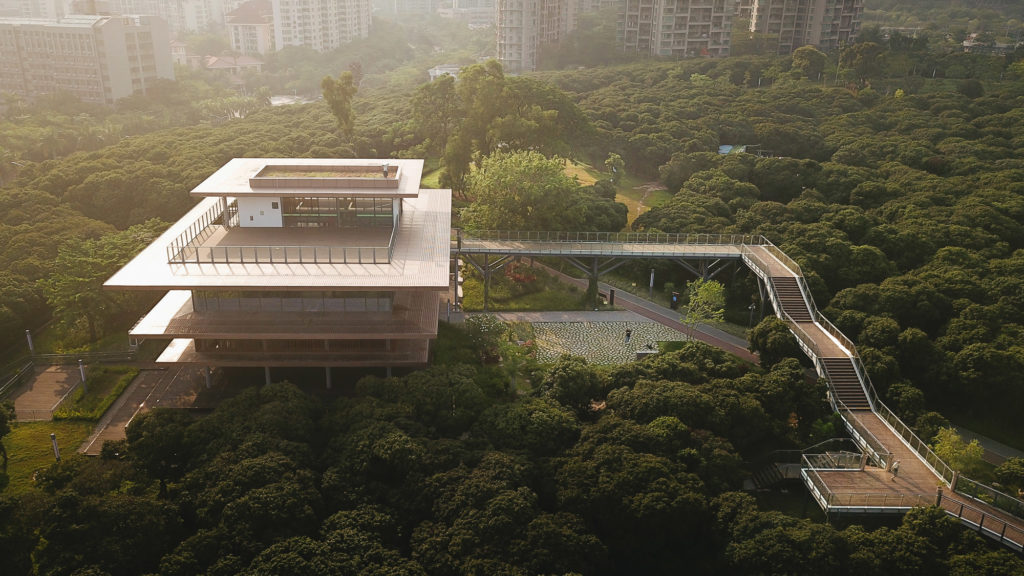
Fees are somewhat smaller than you would expect in the US or EU. Our economies are so different that those numbers will not make much sense for readers. We have advantages like being able to start our careers with no college debt, but interest rates are sky-high; equipment is more expensive but repairs are much cheaper; the internet is fast and dirt-cheap but software feels less affordable in comparison with other countries. It’s all over the place. What I can say for sure, a good architectural photographer in Moscow or places like Sochi can easily enjoy a decent lifestyle.
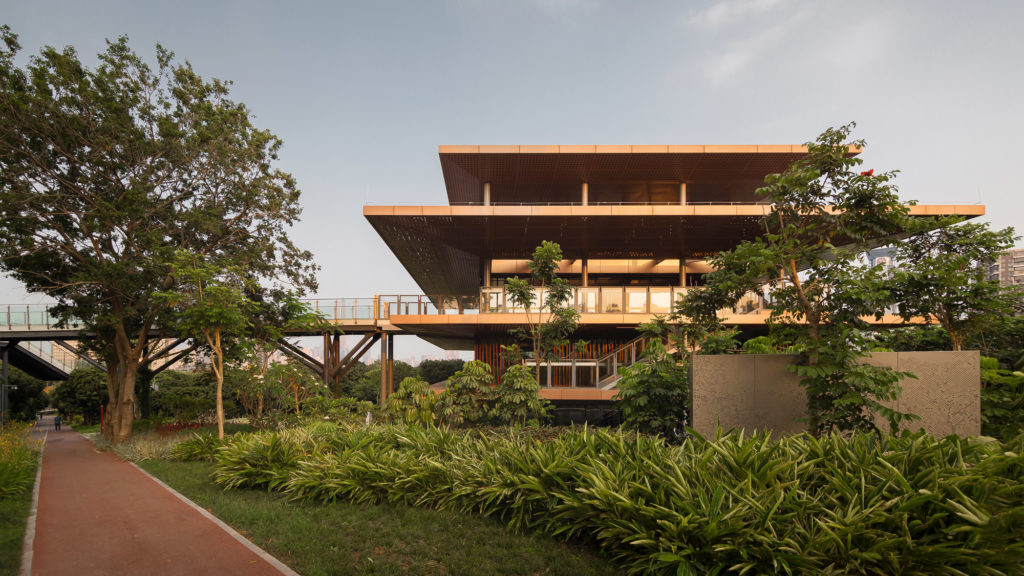
How do you go about finding clients? Do you rely on word of mouth or are you out knocking on doors?
It’s both, but word of mouth is the most important source of clients for me. Although I do make calls and send emails (it works!), staying in touch with old clients is much more time-efficient. Half of my new clients come from recommendations and networking, about a quarter find me online and another quarter come from knocking on doors.
Some managers can move to a new place or change employer — this is a great opportunity to make new clients. If there are no major changes I ask them about news in their industry so I can be prepared to knock on the right door. This is especially true for the hospitality industry. A new hotel in the area is about to be opened? An old hotel refurbishing its’ rooms? Being connected helps a lot.
How do you handle image licensing and copyright infringement with your work? Is that even a thing in Russia?
It is a thing in Russia! It used to be worse but now the situation is getting better and thankfully big corporations respect the law which is a sign of progress.
Small business is another story. I’ve seen my pictures on souvenirs, tea boxes, travel websites, etc. No bad intents, it’s just “pictures we googled are free” mentality. There were court cases of photographers getting an impressive amount of compensation, but it is a double-edged sword. Like everywhere, court cases take so much time. This is time you take from your current clients, your own projects, from your family. Imagine winning a case; while compensation could be anywhere between $200 to $20,000 – congratulations, you’ve just wasted your time for a small afternoon gig or you’ve just wrecked some mom-and-pop souvenir shop and put them out of business.
I’m trying to be positive and make a friendly phone call. To me, any company is a potential client and a future friend first. We’ve just had a happy little accident, right? Let’s work it out. This doesn’t work all the time, but I was able to make friends with the local travel website. Their team was young and quite inexperienced, they’ve made a mistake. I’ve reached their boss, explained their wrongs and presented my portfolio. Later they transitioned to a print magazine format and their boss asked me to take a picture for their very first front cover. Our partnership lasted for 2 years and I’m still friends with editors.
Your work seems to walk a fine line between fine art and commercial architecture photography. How important do you think it is that you have a recognizable style? It’s rare to see an architecture photographer that has such an artistic style, which is quite refreshing.
Thank you! Finding and following my style was the most difficult part of pursuing commercial photography. Our product follows the same market rules as any other product. For most of the time, our clients are shopping based on price or style and I prefer to distinguish myself based on my style first. It’s a risky strategy, and I even went through a personal “color crisis” several years ago.

One’s visual style is defined by limitations imposed into work. It is a subject, composition and color palette for me. There is also a time dimension. You want your current work to match previous shoots and, at the same time, you want to evolve and try new things. On top of that, your clients have their expectations and brand guidelines. It’s both challenging and exciting to balance all of this.
I was told by many that my photographs are very render-like. It is somewhat true because the idea behind them is to document a real space using parts of visual language architects are familiar with.
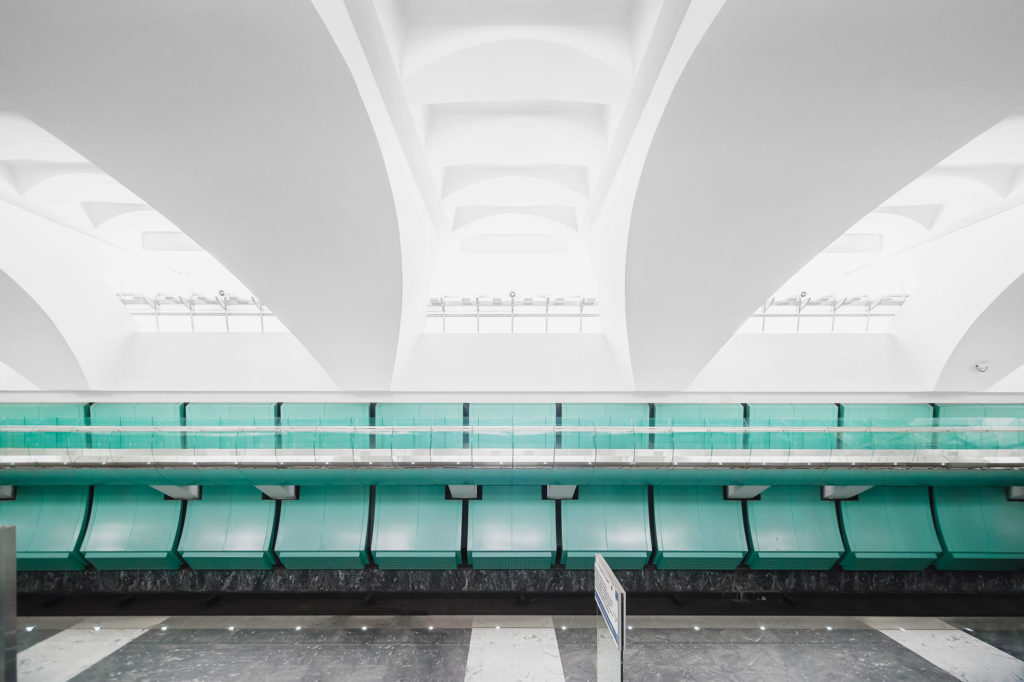
What’s the craziest situation you’ve ever been in on a shoot? You’ve got to have some interesting stories – whether in Russia or China, we’re all ears.
Oh my. There are no shortage of stories, but one of my favorites was on an Airbnb assignment. In Russia, Airbnb paid photographers directly and did not charge hosts for images. One of my first clients was an Armenian family and upon my arrival were shocked to see me on time, with DSLR, flash and a tripod in hand. They did not have to pay me anything and they couldn’t wrap their heads around that concept. After the shoot, they offered me a bottle of vodka because, you know, that’s how you thank Russians and Armenian culture despises “unpaid labor” and the idea of a guest leaving empty-handed.
I refused politely, but they kept insisting, with 2 bottles of vodka now. Explained that I’m getting paid by Airbnb and that I don’t drink. No luck. Time was tight, I was being held hostage due to our cultural misunderstanding. I mentioned I also have Armenian roots, but had to attend my other business duties. They apologized for “offending and corrupting their fellow with alcohol” and presented me with hot home- made cookies to take home; delicious!
The craziest thing about China was the success my first assignment there – it was my first solo travel experience to such a different location. I was preparing myself for every kind of worst- case scenario that any traveler would find themselves in, and none of them came to fruition.
Turns out that Russia and China are not just different places but centuries apart. But despite this, everything went great. I met my clients, photographed the first project in Shenzhen, then a second in Chengdu, recently a third in Shenzhen again.
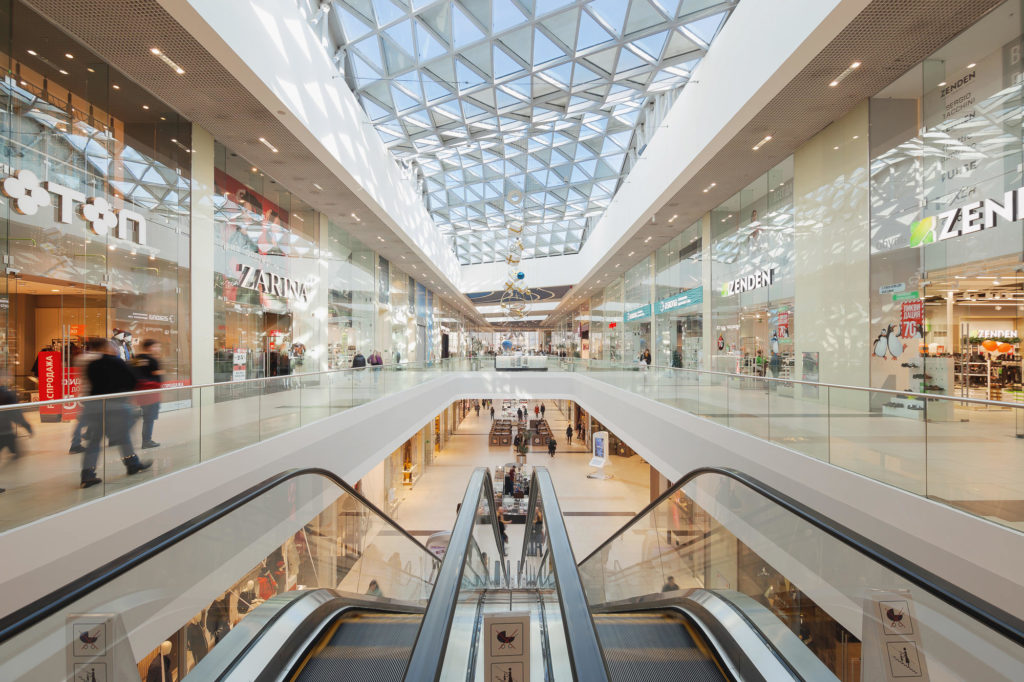
What’s your dream project – whether in Russia or abroad?
Producing a retrospective book for an accomplished architect or a studio, I guess. Although I’ve never held Designed by Apple in California in my hands, I was stunned by the simplicity of its concept and by the beauty of the photographs. Something similar would be a major milestone in my, or anyone’s, career.
Another one would be to revisit my older shoots decades later and to recreate exactly the same camera angles. Buildings are living their own lives whether architects and designers want it or not. Making direct comparisons on a book spreads, seeing how buildings have aged outside and inside would make a powerful message.
Personally, I am fascinated by French and Italian Riviera and classy art nouveau hotels. A century ago my city was being developed mimicking that aesthetic in every detail, but it all ended too soon when Soviets came into power. Shooting an old and established French resort would be a dream assignment.
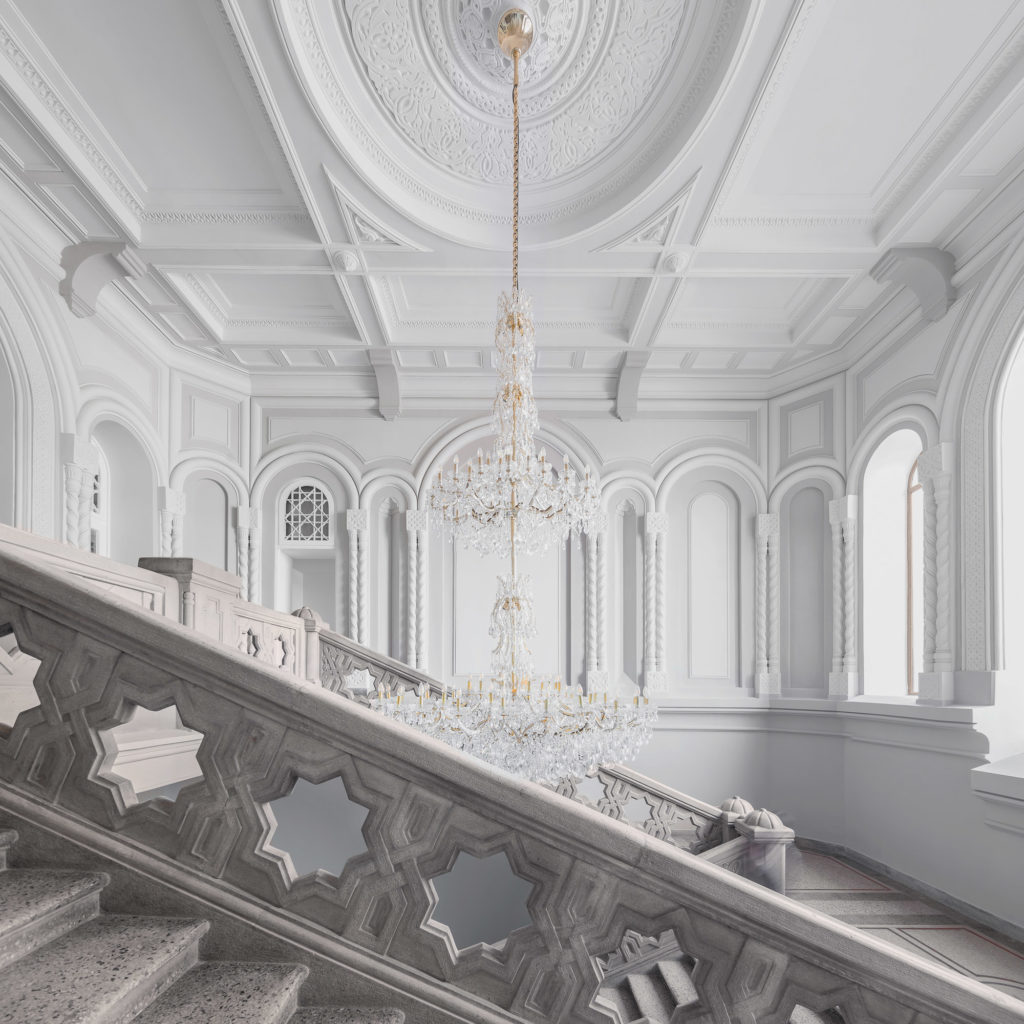
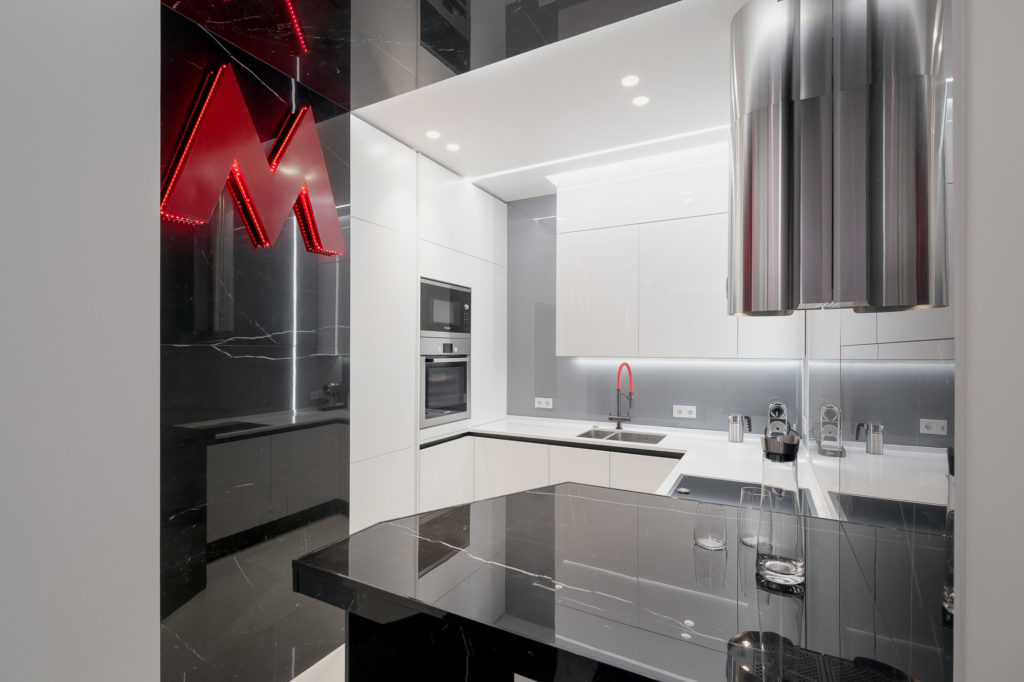
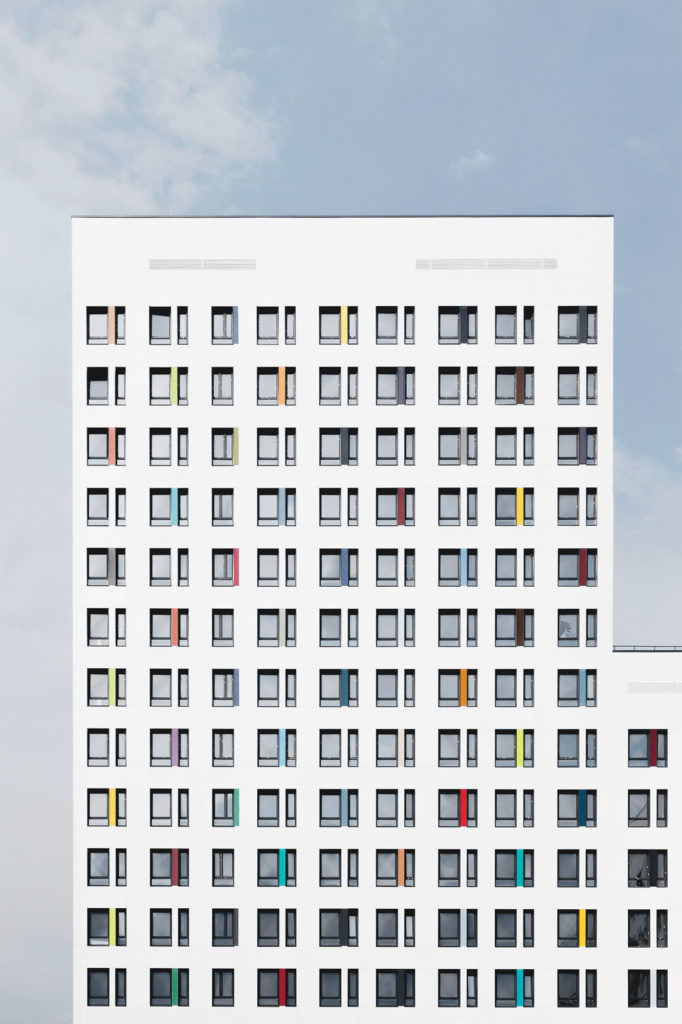
For the gearheads – what equipment are you using to create your work? I’m curious if it’s typical DSLR or Medium format, considering it has such a unique look.
I am a minimalist, and my gear setup is not an exception. My current set is Canon 6D with 11- 16mm, 50mm and 70-300mm lenses plus a pair of Youngnuo triggers, off-camera flash, extra batteries, and a Fujimi light-weight tripod. Traveling is a big part of architectural photography, so I’m trying to be as lightweight as possible.
6D has a low megapixel count which is an advantage for me. First, it’s dynamic range and low-light performance are impressive (if I’m not mistaken, 6D’s pixel size is approaching some Medium format cameras). Secondly, it has a small file size, which is crucial for me as my work consists of stitching, averaging, create tens of layers and tweaking colors for hours.
My Subway series is my favorite example of what is possible with this camera. Subways allow neither tripods nor flashes, so I had to shoot dim underground stations totally hand-held. To eliminate possible noise, 5 or 6 burst high-ISO exposures were aligned and stacked in average mode. Several adjustment layers, cropping and voilà! Dim subway station, but the compositing results in a bright and sharp photograph.
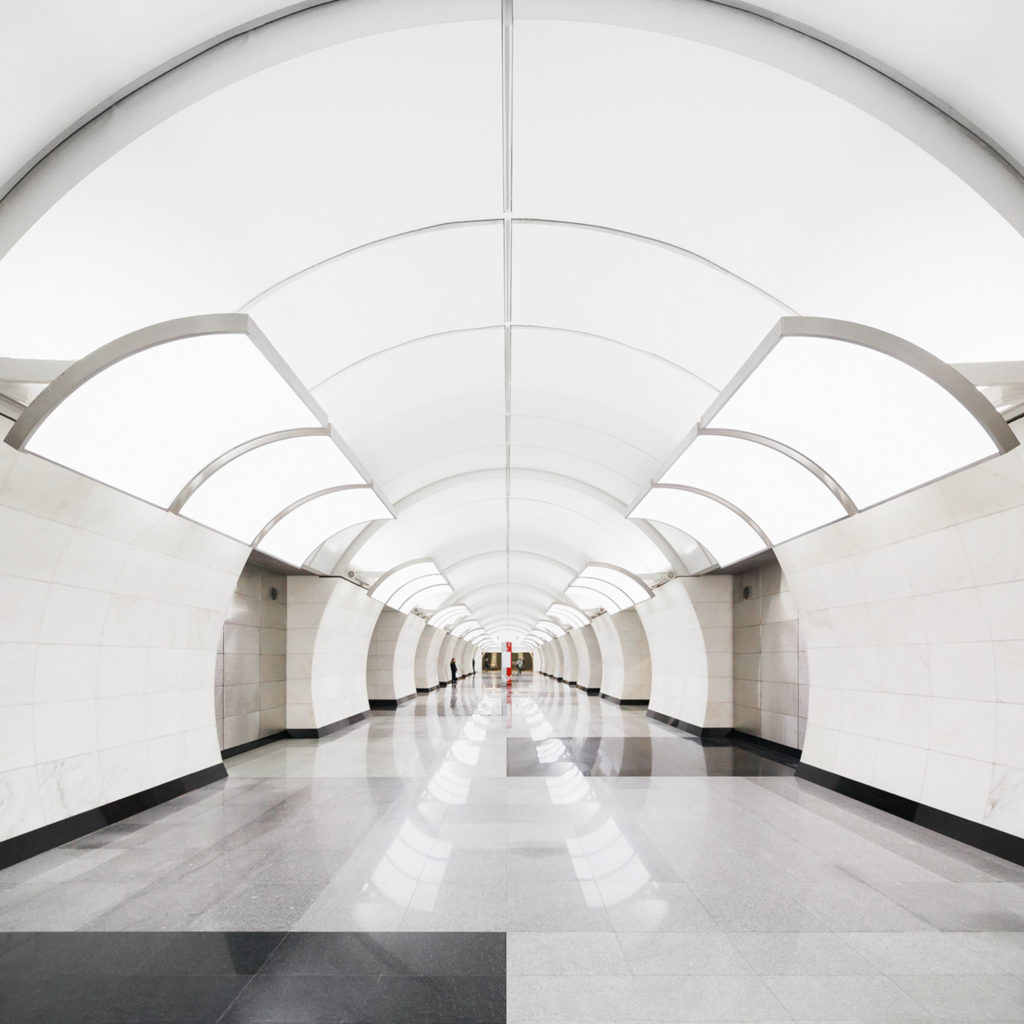
Let me remind readers about the most important piece of gear which is our bodies. Jokes aside, sunscreen and an umbrella (a lesson from China) are also part of my set. We spend a lot of time exposing not only camera sensors, but ourselves to the light. Pun intended!
To learn more about Vlad and his work, check out his website at vladfeoktistov.ru and his (very interesting!) instagram page here.
